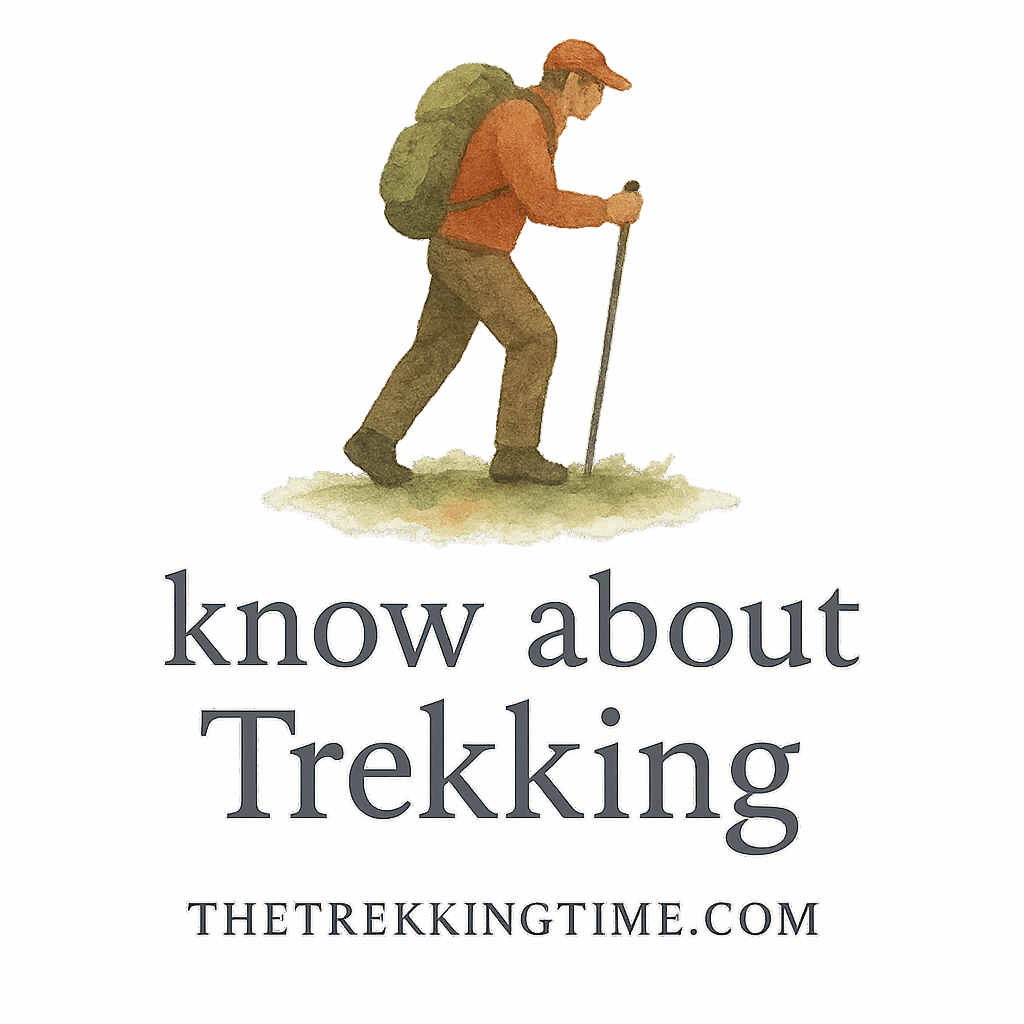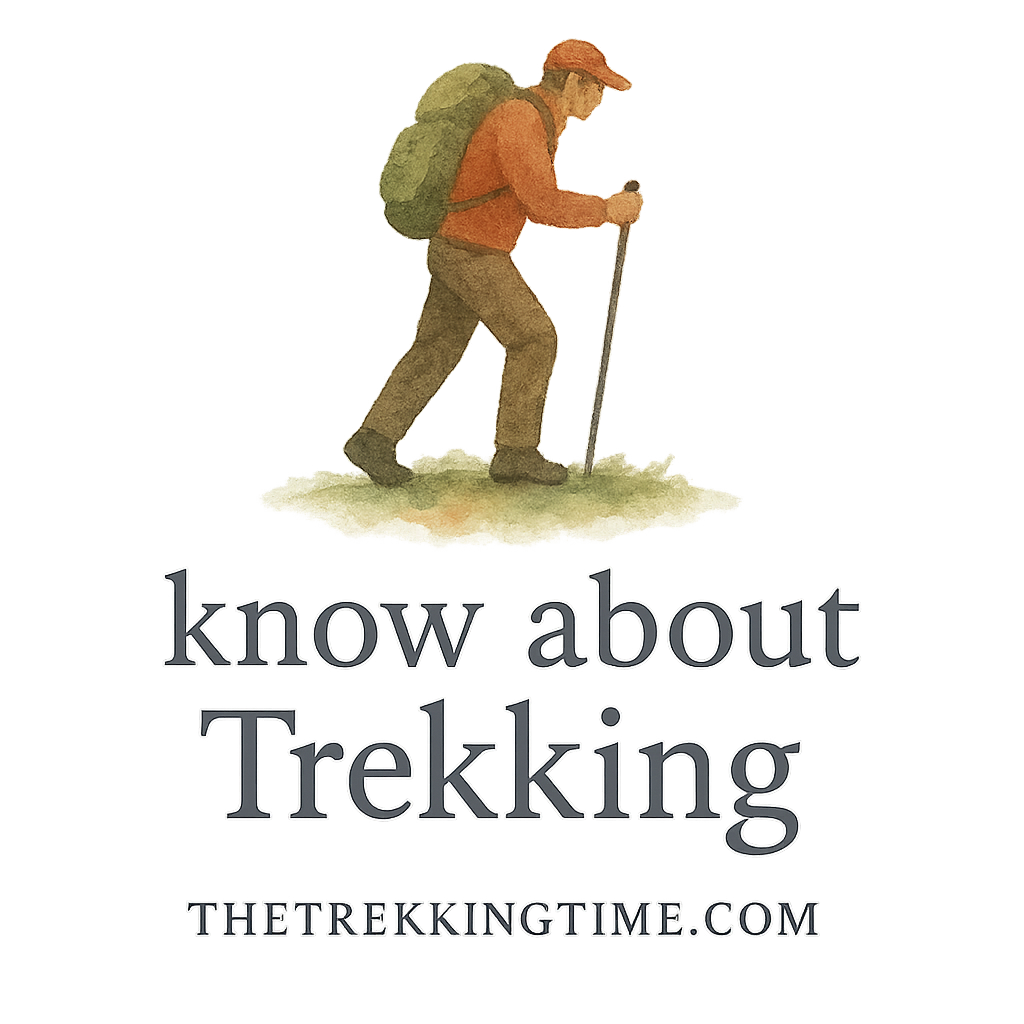Introduction
Let’s face it—nothing beats sitting around a warm campfire after a long day on the trails. But when you’re trekking, especially in remote or forested areas, fire safety isn’t just a suggestion—it’s essential. Wildfires can start in a flash, and they don’t care how experienced you are. In this guide, we’ll explore 10 fire safety tips when camping on trekking trails so you can stay warm, cook your food, and still protect the great outdoors.
(And hey, if you’re new to trekking, check out Trekking Basics to set yourself up for success.)
Why Fire Safety Matters in the Wild
The Threat to Nature and Wildlife
Uncontrolled fires can destroy entire ecosystems. One rogue spark can turn a peaceful hike into a life-threatening emergency. Wildlife, trees, and plants don’t stand a chance when a fire breaks loose.
Protecting Fellow Hikers and Yourself
You’re not alone out there. Other hikers, campers, and even emergency responders could be affected by your campfire choices. Trekking trails are shared spaces, and being responsible is part of the deal.
To keep safety at the top of your gear checklist, be sure to check out the Trekking Safety Tips section on The Trekking Time.
1. Choose a Safe Campsite
Check for Fire Bans or Restrictions
Before you even strike a match, know the rules. Many national parks or trekking regions enforce fire bans during dry seasons. Look for notices or ask local authorities.
Look for Natural Firebreaks
Camp near rock beds, riverbanks, or gravel clearings—natural buffers that reduce fire spread risk. Avoid dry grass and overhanging trees.
(Planning your next trip? See some fire-safe Trekking Destinations.)
2. Use a Designated Fire Ring or Pit
Avoid Building Your Own Fire Ring
Unless it’s an emergency, don’t make a new fire pit. Stick to established ones—this reduces environmental damage and keeps fires contained.
Leave No Trace Principle
Using designated spots also supports the Leave No Trace ethic. You’re out there to enjoy nature, not to scar it.
3. Keep Your Fire Small and Controlled
The Myth of the Giant Campfire
Big bonfires might look cool, but they’re way more dangerous. They’re harder to control, require more fuel, and send out more sparks.
Small Fires Are Safer and Easier to Manage
Keep it tight. Just enough for warmth or cooking. Trust me, even a small fire feels magical under a starlit sky.
Want to learn how to pack smartly for safety? Visit our Trekking Gear & Packing guide.

4. Clear Flammable Material Around Your Fire
Radius of Safety
Clear out at least a 5-foot radius around your fire. No twigs, dry grass, or overhanging branches. It’s your fire’s “safety bubble.”
Removing Dry Leaves and Twigs
Spend five minutes clearing the space—could save your life (and the trail).
5. Never Leave Your Fire Unattended
Always Assign a Fire Watch
If you and your group are cooking or just relaxing, make sure someone’s always watching the flames.
Stay Nearby with Water or Sand
Keep a water bottle, bucket, or dirt nearby for quick action. One gust of wind is all it takes.
Browse these Trekking Rules & Etiquette to stay responsible on the trail.
6. Extinguish Fires Properly
Drown, Stir, and Drown Again
Put out fires with water. Stir the ashes. Pour more water. Repeat. It should be cool to the touch.
Check for Heat Before You Leave
Never assume it’s out. Use your hand (carefully) to check. If it’s warm, it’s still a threat.
7. Know the Local Fire Regulations
Trekking Trail Rules and Signage
Every trail has its quirks. Some allow fires only in specific zones; others ban them altogether. Pay attention to signs.
National Park and Forest Fire Policies
Look up park websites before your trip. Or ask a ranger. It’s not just smart—it’s the law.
Explore other Difficult Routes and what they require in terms of fire safety.
8. Use Fire Alternatives for Cooking and Warmth
Portable Stoves Are a Game Changer
Compact, easy, and safe—camping stoves are awesome. They let you cook without the open flames.
Battery-Powered Heaters or Solar Cookers
In colder climates, battery heaters or solar cookers can reduce fire use dramatically. Worth the weight if you’re going high-altitude—like the Himalayas.
9. Be Weather-Wise
Avoid Fires in Windy Conditions
Strong winds can carry embers far, igniting areas outside your control. Always check forecasts.
Understand Fire Behavior in Drought-Prone Areas
In dry regions, fire spreads fast—even underground. Think like a scout, act like a pro.
For more on prepping your body and mind, check out Trekking Fitness Prep.
10. Educate Others About Fire Safety
Share Knowledge with Fellow Trekkers
Got a new hiker in your group? Teach them. Fire safety is contagious in a good way.
Set the Example on the Trail
Be the hiker others want to follow—careful, respectful, and fire-aware.
Check out more Outdoor Safety Habits that help keep nature wild and people safe.
Final Thoughts on Fire Safety During Trekking
Camping fires are awesome when done right. But they also carry a huge responsibility. By following these 10 fire safety tips when camping on trekking trails, you protect the environment, your fellow trekkers, and yourself. Every little action—from checking regulations to using a camp stove—adds up to a safer, more enjoyable adventure.
For more tips, gear advice, and trail guides, explore The Trekking Time today!
Conclusion
When it comes to trekking, fire safety is one of those “small things” that makes a massive difference. Respecting the land and others around you doesn’t mean giving up comfort—it just means being smart. From choosing the right campsite to packing a stove, these fire safety practices let you enjoy nature without risking it.
Remember: a single spark can cause chaos, but one responsible camper can prevent it. Be that camper.
FAQs
1. Can I build a fire anywhere while trekking?
Nope! Always use designated fire rings and check local fire regulations before lighting up.
2. What should I do if I accidentally start a fire?
Try to extinguish it immediately using water, dirt, or sand. If it spreads, call emergency services and warn others nearby.
3. Are camp stoves safer than campfires?
Absolutely. They’re controlled, wind-resistant, and don’t leave a trace.
4. How do I know if my fire is fully out?
Use the “drown, stir, and drown again” method. It should be cool to the touch before you leave.
5. What’s the best alternative to a fire for warmth?
Try thermal sleeping bags, layers of insulation, or battery-powered warmers.
6. Can I use fire in all trekking regions?
No. Some high-risk areas have permanent bans due to dry conditions. Always check local rules.
7. Where can I learn more about trekking safety and fire precautions?
Head over to The Trekking Time for in-depth guides and resources.


